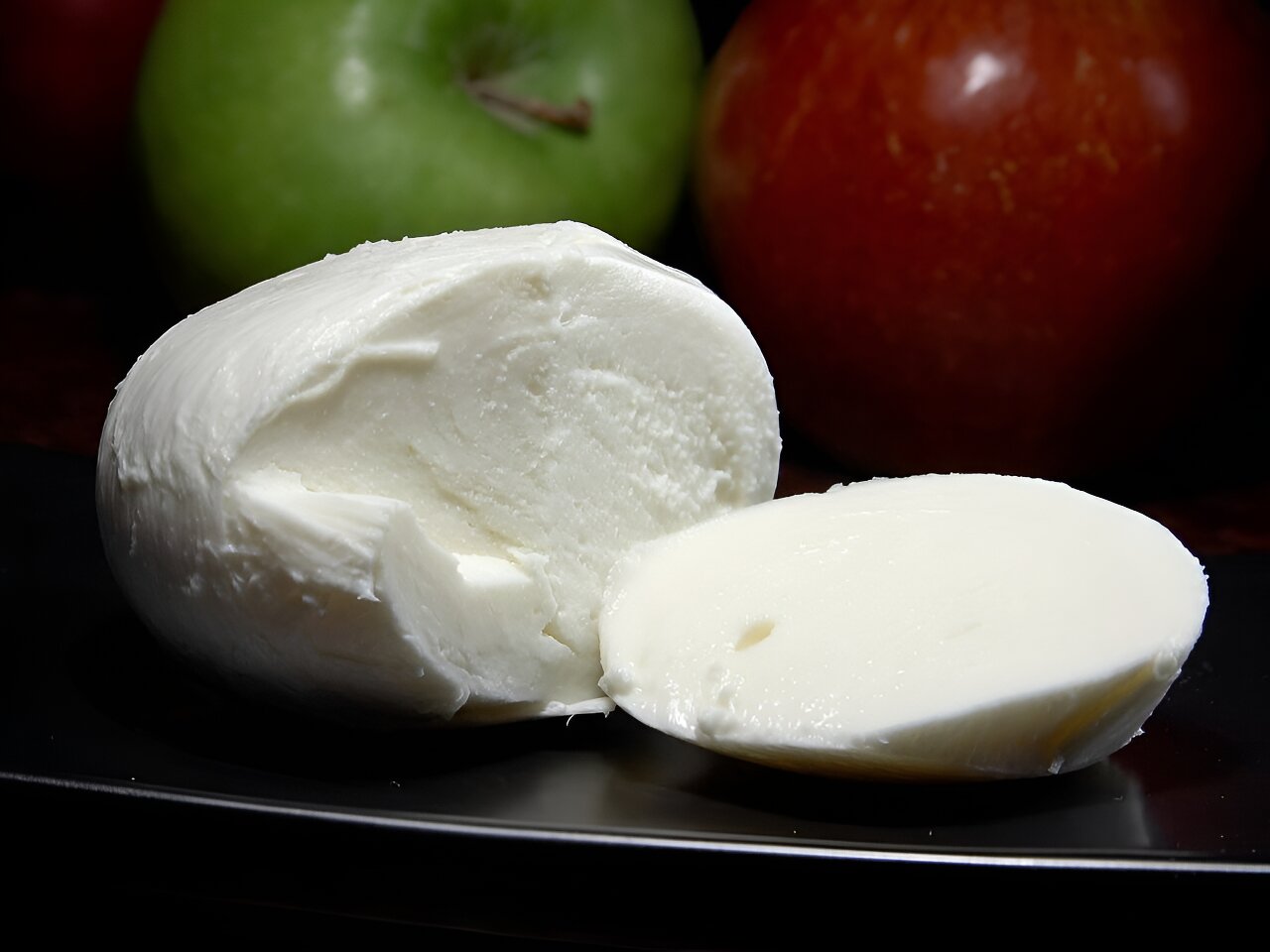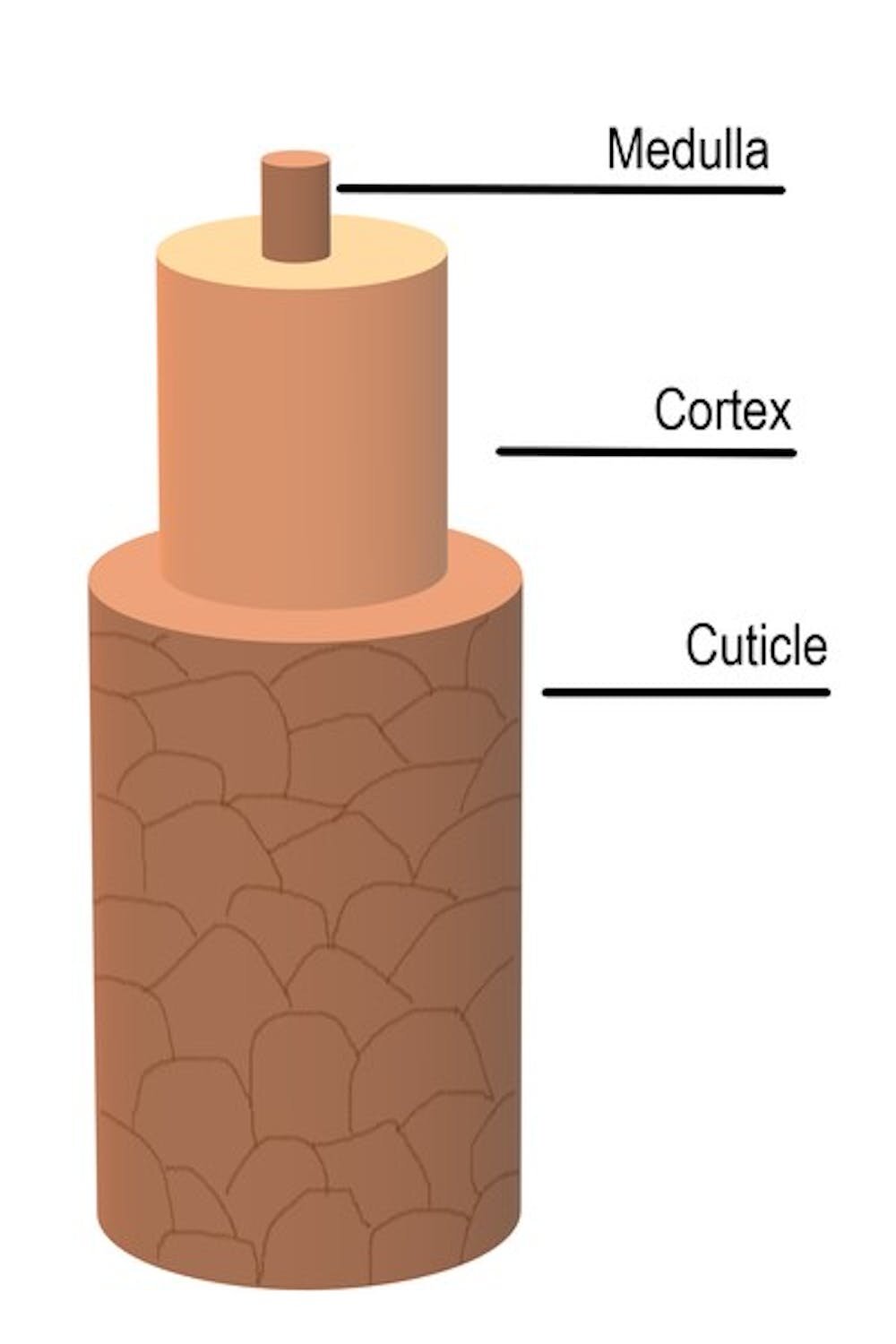Mozzarella is not just your average pizza topping. It’s a unique Italian cheese that has been protected under EU law for almost 30 years. Made from water buffalo milk, rennet, and natural whey starter, this mozzarella from Campania is truly special. But what sets it apart? The answer lies in the microbes.
The natural whey starter used in the production of mozzarella contains crucial microbes. To understand the role of these microbes, scientists from Italy used high-throughput 16S rRNA amplicon sequencing. This technique provided a detailed picture of the microbes present and their proportions, shedding light on the craftsmanship behind this esteemed Italian cheese.
Mozzarella under the microscope
To qualify for protected designation of origin (PDO) status, buffalo mozzarella must be made according to a specific recipe. The process involves heating raw or pasteurized water buffalo milk and adding rennet and natural whey starter. This starter acidifies the curd quickly, giving it the right pH and making it stretchy enough to be molded.
The curds are then ripened until they reach the correct pH, becoming elastic and ready to be stretched and molded under boiling water. After hardening under running water and brining, the mozzarella is ready. Minor variations in this process can result in different flavors and textures.
To investigate the role of bacteria in mozzarella production, researchers selected two dairies in Campania that produce mozzarella with PDO status. One dairy used more modern technology, while the other followed traditional processes. Samples were taken from various stages of the production process, including milk, natural whey starter, cheese curd, brine, and mozzarella.
The study revealed that subtle variations in temperature and duration of processes influenced the microbial composition of the cheese. The more traditional dairy had a natural whey starter with equal abundance of Lactobacillus and Streptococcus, while the more modern dairy had a starter dominated by Streptococcus. The curdling process caused Lactobacillus to increase and Streptococcus to decrease in both sets of samples.
The brine also played a role in introducing microbial diversity to the cheese. However, not all the microbes in the brine appeared in the final product. The microbial make-up of mozzarella was found to be most influenced by the natural whey starter.
This study provides valuable insights into the intricate microbial interactions involved in the production of mozzarella. Future research aims to explore the role of raw buffalo’s milk in defining the cheese’s microbiota.








